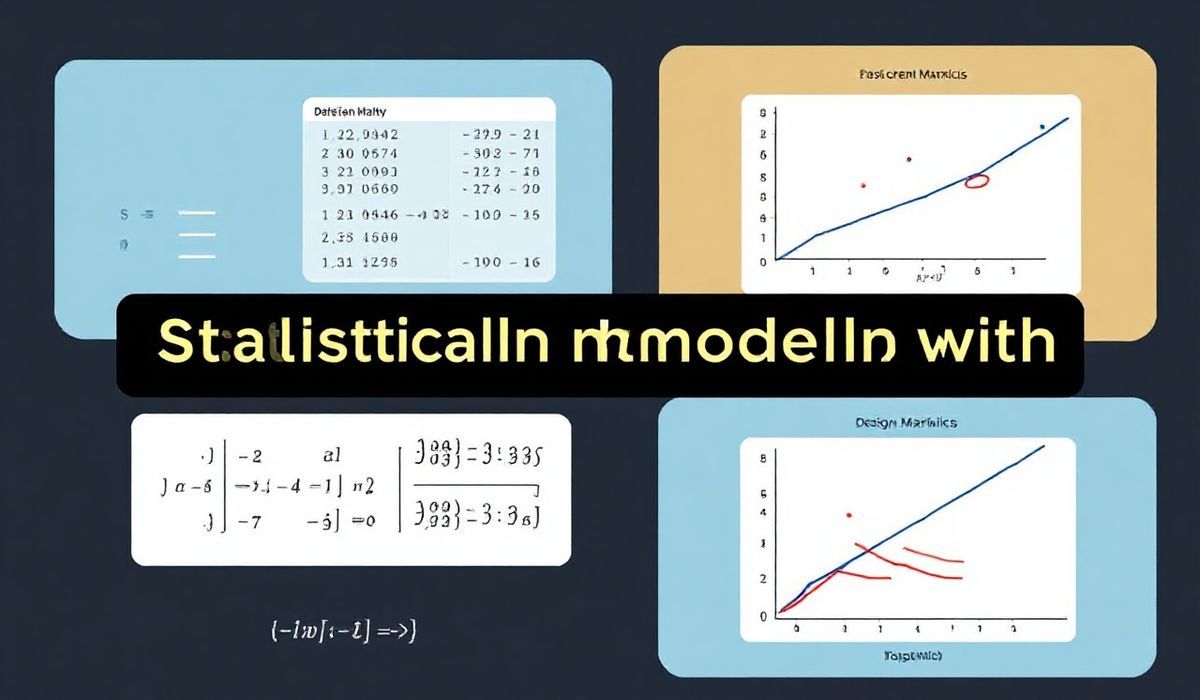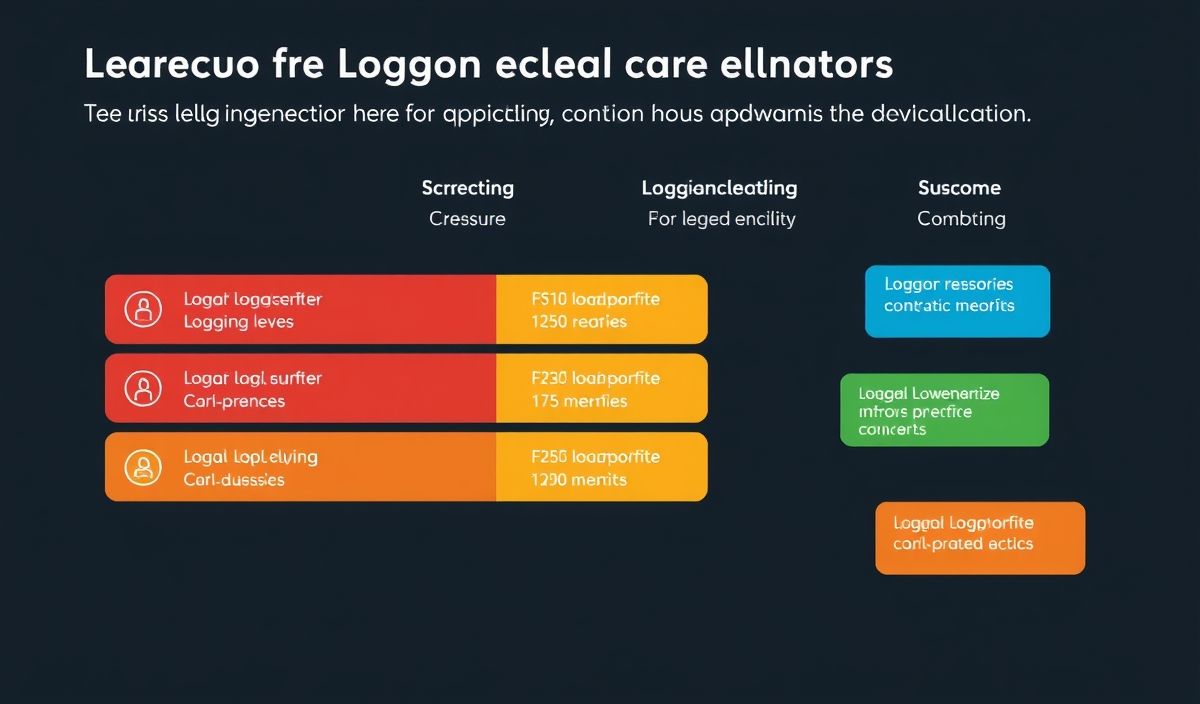Introduction to Patsy
Patsy is a Python library designed for describing and building statistical models. It provides a convenient syntax for specifying linear models and design matrices, making it an essential tool for data scientists and statisticians. With Patsy, you can easily convert data into the required format for statistical analysis by using a simple, yet powerful, formula language inspired by R’s formulas.
Key Features of Patsy
- Elegant formula language for building statistical models
- Automatic handling of categorical data
- Seamless integration with libraries like statsmodels and scikit-learn
- Support for transformations in formulas
Examples of Patsy APIs
1. Creating a Design Matrix
You can use the patsy.dmatrix function to create a design matrix from a formula and data. This is the first step in preparing your data for statistical modeling.
from patsy import dmatrix
import pandas as pd
data = pd.DataFrame({
"x1": [1, 2, 3, 4],
"x2": [5, 6, 7, 8],
"category": ["A", "B", "A", "B"]
})
# Create a design matrix
design_matrix = dmatrix("x1 + x2 + category", data)
print(design_matrix)
2. Creating Both Design Matrices for Regression
The patsy.dmatrices function simplifies the process by generating both the dependent and independent variables needed for regression analysis.
from patsy import dmatrices
# Define a formula for regression
formula = "y ~ x1 + x2 + category"
data["y"] = [10, 15, 25, 30] # Adding dependent variable
y, X = dmatrices(formula, data)
print("Dependent variable (y):", y)
print("Independent variables (X):", X)
3. Handling Categorical Variables
Patsy automatically converts categorical variables into dummy/indicator variables.
design_matrix = dmatrix("x1 + C(category)", data)
print(design_matrix)
4. Adding Polynomial Terms
Patsy allows inclusion of polynomial terms using the + and ** operators.
design_matrix = dmatrix("x1 + x1**2", data)
print(design_matrix)
5. Using Interaction Terms
Interaction terms can be added easily using the * operator in the Patsy formula.
design_matrix = dmatrix("x1 * x2", data)
print(design_matrix)
Application Example: Linear Regression Model
Let’s create a practical app leveraging Patsy to prepare design matrices for a simple linear regression model using statsmodels.
import statsmodels.api as sm # Define the formula and data formula = "y ~ x1 + x2 + C(category)" y, X = dmatrices(formula, data) # Fit the model model = sm.OLS(y, X) results = model.fit() # Display the results print(results.summary())
By combining Patsy and statsmodels, you can seamlessly create, prepare, and analyze statistical models without worrying about manual data preparation tasks.
Conclusion
Patsy is an incredibly powerful and user-friendly library for statisical modeling in Python. With its rich formula syntax and seamless data transformations, Patsy eliminates the complexity of preparing data for regression, ANOVA, and other modeling techniques. Start integrating Patsy into your statistical workflows to save time and improve productivity!




